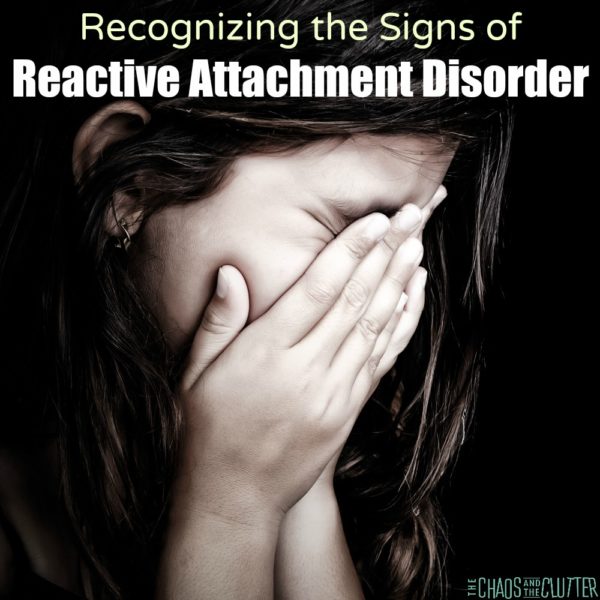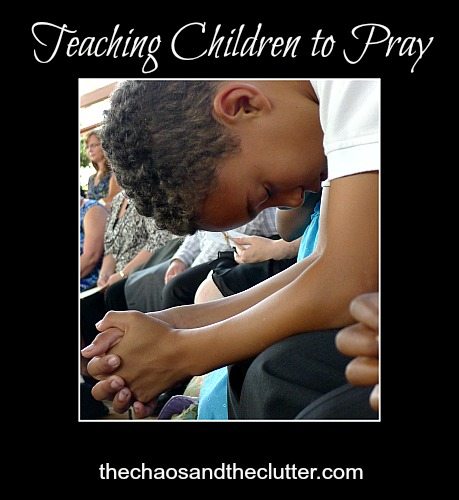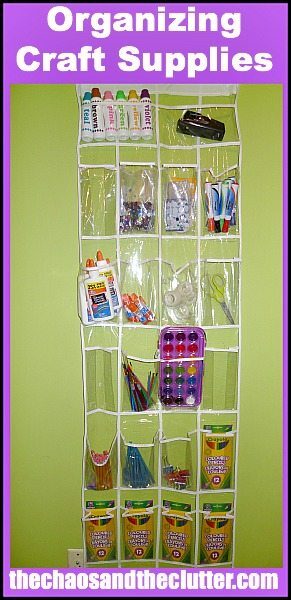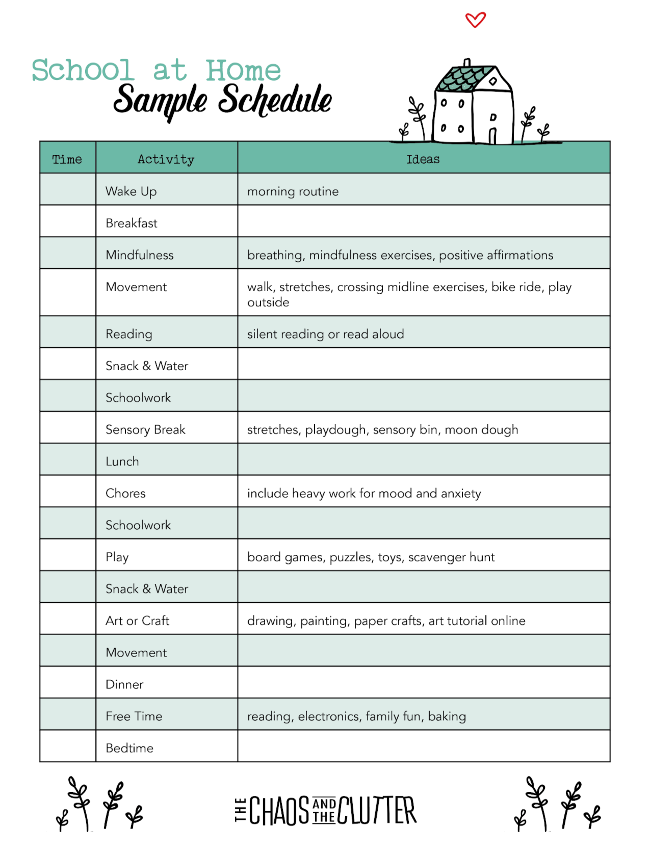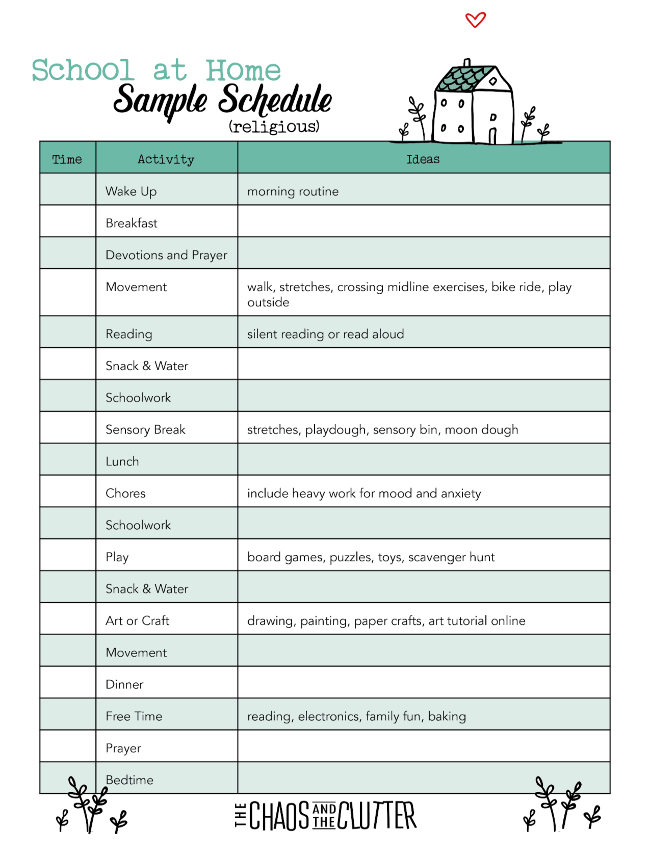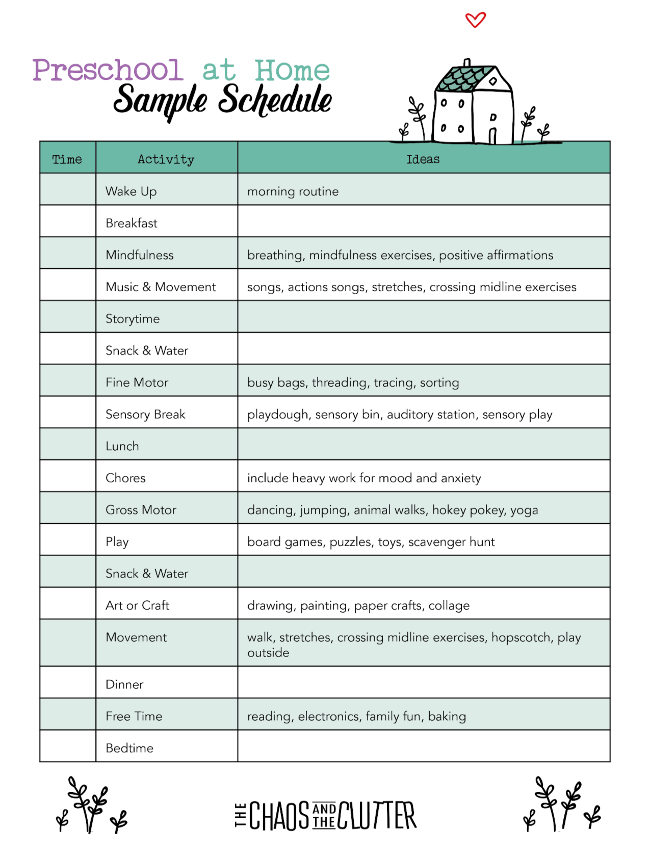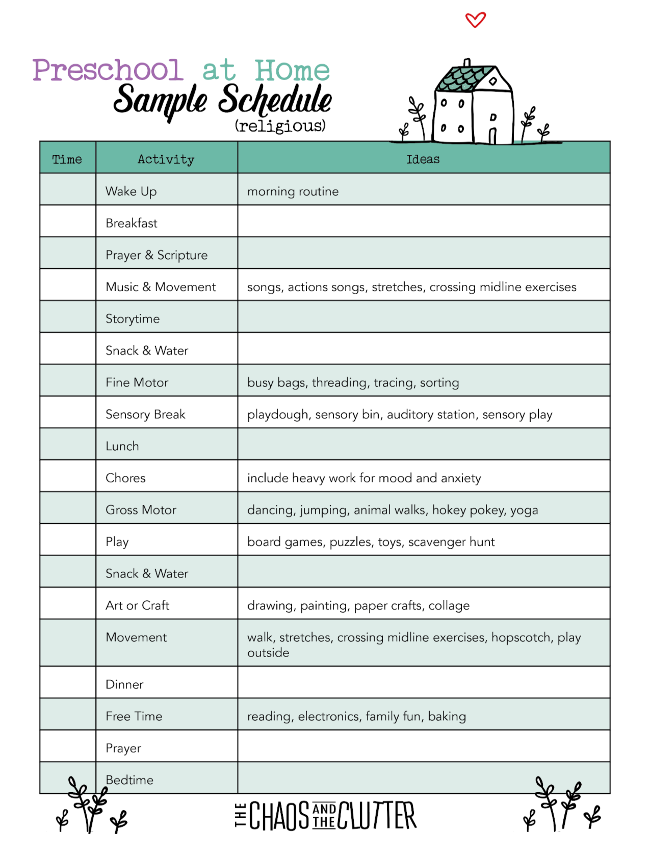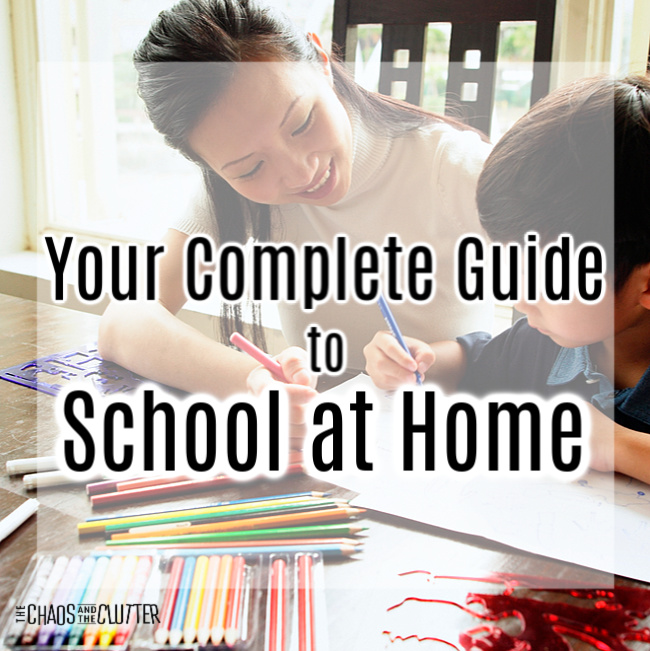Creating a prayer wall in your home or classroom is easy to do. It can be instrumental in your child’s journey of faith. I have previously written about teaching children to pray and in that article, I mentioned our prayer wall and what an incredibly powerful tool it has been for us.
Creating a prayer wall can be as simple as placing names or pictures on your fridge with magnets or writing the prayer requests on a whiteboard. Children can even draw pictures themselves to create a prayer wall.
We used to use our fridge for pictures, but have found that since we start our homeschool days with prayer, it was better for us to make something in our homeschool classroom that we could use as a visual reminder. It is not only a reminder for myself and the kids of who and what to pray for, but also, an amazing visual of answered prayers.
We created our prayer wall by gluing cork to plywood to make a giant cork board. We can then pin pictures to it using pushpins. Some of our prayer wall includes pictures that are highly personal such as birth family members of some of our adopted children, so I have taken pictures that do not show the entire wall but will still give the general idea.
 We have a small stack of other pictures that I keep nearby of family members and loved ones so that I can rotate some of the pictures out from time to time and also in case they are needing extra prayer for something, we can add them to the wall. I have the wall divided into sections which is not the easiest to see in this picture because of the areas I left out of the picture, but an example is the top right corner. That section is reserved for things that are on a bit of a deadline. In this case, my dad and my aunt were both having surgery on the same day, so their pictures were there so that we could be praying for them specifically and daily.
We have a small stack of other pictures that I keep nearby of family members and loved ones so that I can rotate some of the pictures out from time to time and also in case they are needing extra prayer for something, we can add them to the wall. I have the wall divided into sections which is not the easiest to see in this picture because of the areas I left out of the picture, but an example is the top right corner. That section is reserved for things that are on a bit of a deadline. In this case, my dad and my aunt were both having surgery on the same day, so their pictures were there so that we could be praying for them specifically and daily.
On our prayer wall, we also have a red piece of paper and the picture on that is the person of the month (or day or week or year). The reason that person’s picture is on the red paper is so that it will catch our eye whenever we are walking through the classroom or sitting in the room and we can be reminded to silently (or not so silently) pray for that person.
Our prayer wall includes friends of ours who are battling cancer, children we love who have medical needs, family members who are serving a mission in another country, grandparents, those pursuing adoption, and many other specific people who have prayer needs.
One of the things I love about having these photos up is that the kids really do seem to remember the prayer requests more easily. When I am tucking them in at night and we can no longer see the prayer wall, they often bring up the people whose pictures are currently there in their bedtime prayers.
Another thing I love is when we are able to rejoice together about an answered prayer. One of our friends who they have been praying for for many, many months now is now cancer free and we can now be praising God for that answered prayer and seeing the reminder of that right there on our wall!
 It’s ironic that I’m typing this particular post today because this day is about as far from typical as you can get. I’m typing in the front passenger seat while we drive back from a camping trip with the kids. I’m not a camper, so that’s pretty outside the norm. I won’t talk about what this week has been like but instead focus what our regular days at home are like.
It’s ironic that I’m typing this particular post today because this day is about as far from typical as you can get. I’m typing in the front passenger seat while we drive back from a camping trip with the kids. I’m not a camper, so that’s pretty outside the norm. I won’t talk about what this week has been like but instead focus what our regular days at home are like.